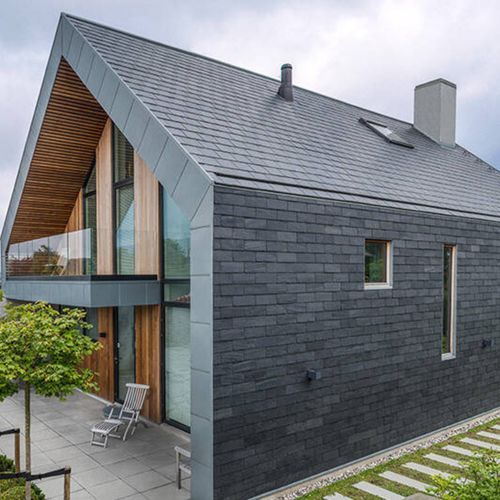Roof Tiles & Slates
- Roof tiles and slates come in varying materials and designs. They are installed to give the roof extra sturdiness and protection from the heat. In applying modern technology to roofing slates, ArchiPro has created an innovative collection of tiles and slates that can bring visual appeal to properties of all sizes and require very little maintenance. Find a large range of concrete, metal, asphalt slates or clay tiles and membrane roofing.Why ArchiPro?
No more endless searching -
Everything you need, all in one place.Real projects, real experts -
Work with vetted architects, designers, and suppliers.Designed for Australia -
Projects, products, and professionals that meet local standards.From inspiration to reality -
Find your style and connect with the experts behind it.Start your Project
Start you project with a free account to unlock features designed to help you simplify your building project.
Learn MoreBecome a Pro
Showcase your business on ArchiPro and join industry leading brands showcasing their products and expertise.
Learn More






